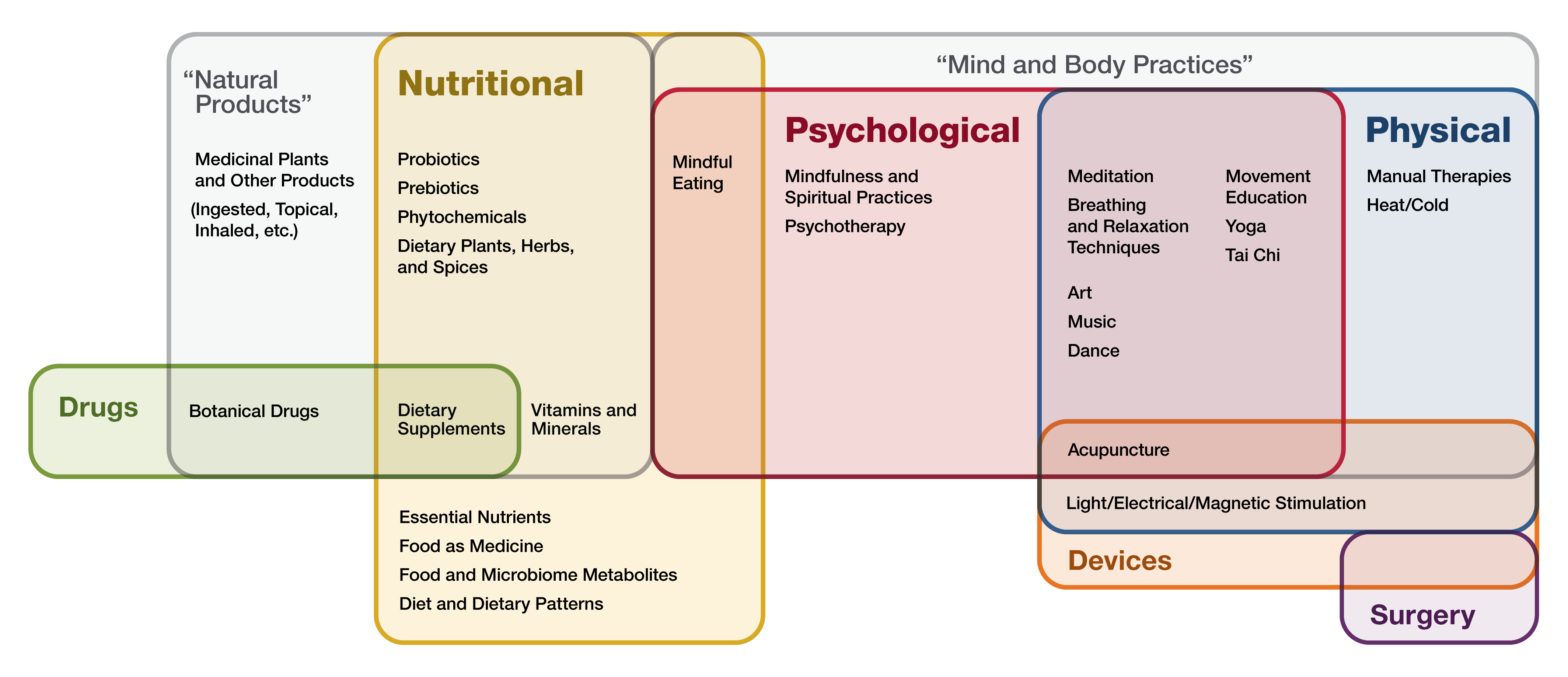AI ChatGPT in Disease Management and Education
Artificial intelligence (AI) chatbots, such as ChatGPT, are valuable tools for clinicians in managing diseases and educating patients. However, a recent study has highlighted certain "gaps" in utilizing these tools for individuals with type 2 diabetes mellitus (T2DM) and metabolic syndrome (MetS). 
Study Insights
The study focused on three key nutrition management domains: dietary management, nutrition care process (NCP), and menu planning for a 1,500 kcal diet.  ChatGPT was prompted with sixty-three queries, and its responses were evaluated by two dietitians based on existing guidelines.
ChatGPT was prompted with sixty-three queries, and its responses were evaluated by two dietitians based on existing guidelines.
Assessment Results
Overall, the two dietitians provided similar assessments for most conditions reviewed. However, gaps were identified in the outputs generated by ChatGPT.  These included recommendations for weight loss, energy deficit, anthropometric assessment, specific nutrients, and the adoption of dietary interventions. The chatbot also fell short in providing comprehensive physical activity recommendations, revealing limitations in offering holistic lifestyle interventions.
These included recommendations for weight loss, energy deficit, anthropometric assessment, specific nutrients, and the adoption of dietary interventions. The chatbot also fell short in providing comprehensive physical activity recommendations, revealing limitations in offering holistic lifestyle interventions.
Regarding the NCP domain, ChatGPT presented incomplete examples of diagnostic documentation statements and showed deficiencies in the monitoring and evaluation processes.  Discrepancies were also noted in the 1,500 kcal 1-day menus, particularly in the quantities of carbohydrates, fat, calcium, and vitamin D relative to dietary guidelines.
Discrepancies were also noted in the 1,500 kcal 1-day menus, particularly in the quantities of carbohydrates, fat, calcium, and vitamin D relative to dietary guidelines.
Conclusion
Despite generally positive feedback on clarity from the dietitians, the study authors caution users to be mindful of the identified gaps in ChatGPT's assistance with dietary management for T2DM and MetS. While ChatGPT presents a readily available resource for practitioners, understanding these limitations is crucial for effective patient care and outcomes.




















